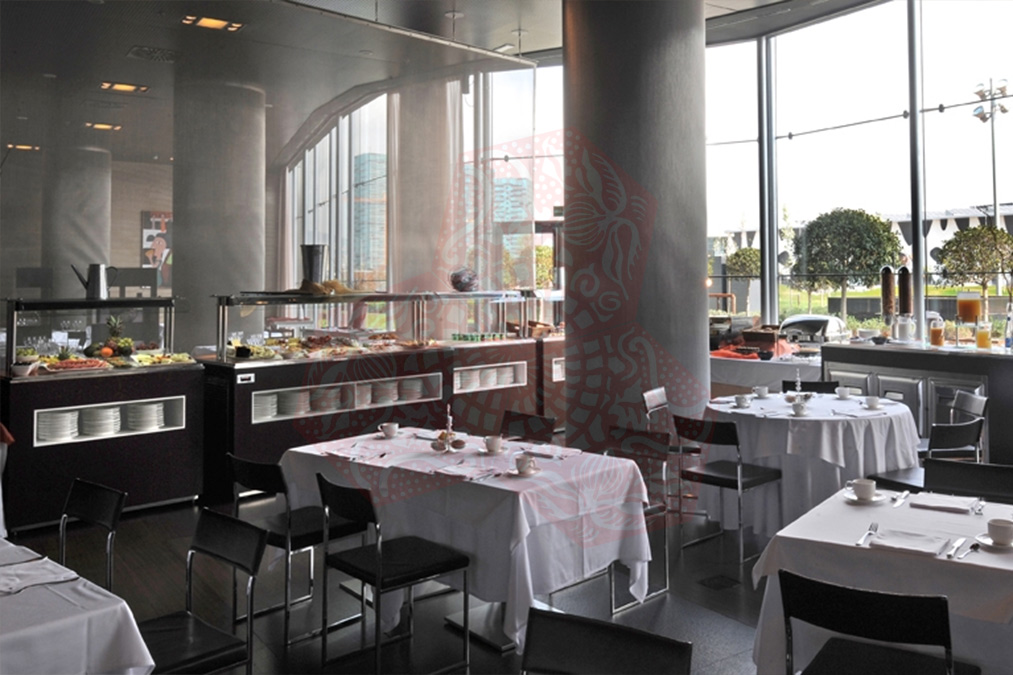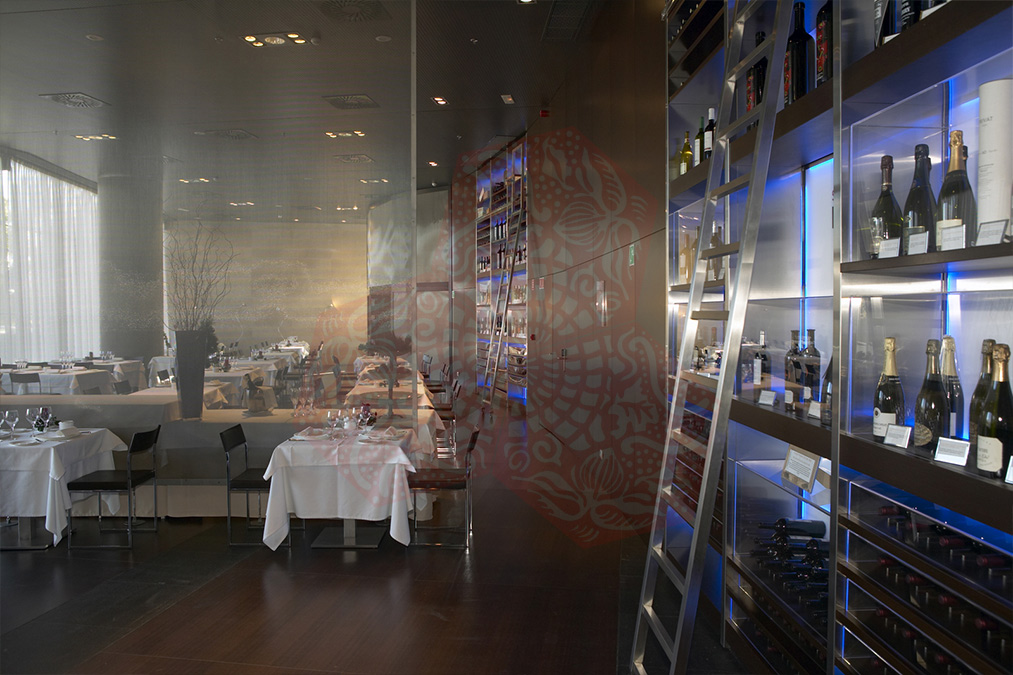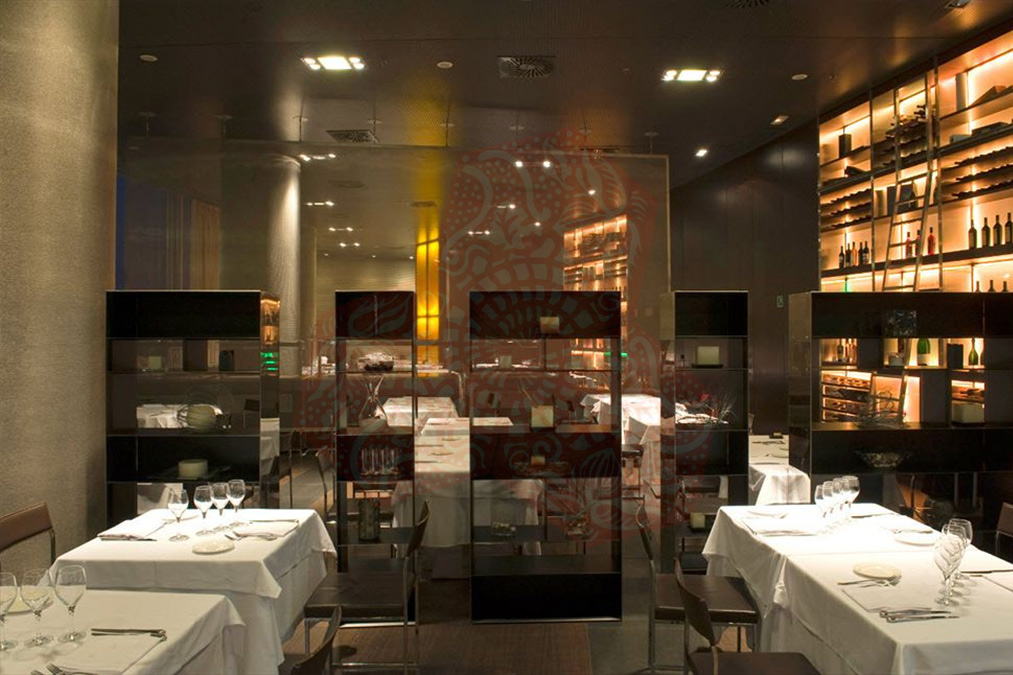Restaurante Narandam
Restaurante Narandam
Narandam restaurant is located inside Hotel Fira Congress and is situated on the main floor, open to everyone and catering to everyone: big eaters, small eaters, meat lovers, vegetable lovers… for all tastes and needs. It is a light filled space in front of a wide open terrace overlooking the Fira Gran Via.
Narandam differs from other restaurants for its delicious Mediterranean cuisine and elegant interiors, surrounded by a cozy, modern, light-filled environment. Using the freshest produce from the Mediterranean area to prepare the dishes every day. The menu is inspired by Mediterranean cuisine, with a modern and elegant twist.
Dishes such as fried eggs, cod confit with mashed chickpeas, Monkfish and prawn noodle zucchini, soy marinated tuna, dishes to give a different touch to the tasty menu. In addition to the cordial, professional and effective service there is a magnificent wine cellar.
Every three months the menu changes depending on the season and there is both conservative dishes and for those more adventurous diners, who may opt for more original and creative dishes as the chef plays with different textures and cooking day after day to surprise its customers.
Address: Calle de José Agustín Goytisolo 9-11, 08908, L’Hospitalet de Llobregat
Hours: Monday to Friday 13:00 to 15:00 and 20:30 to 23:30
Food: Mediterranean / Traditional
Avg. Price: 25€- 30€
Environment: Business
Cards: Visa, American Express, Mastercard, Servired




